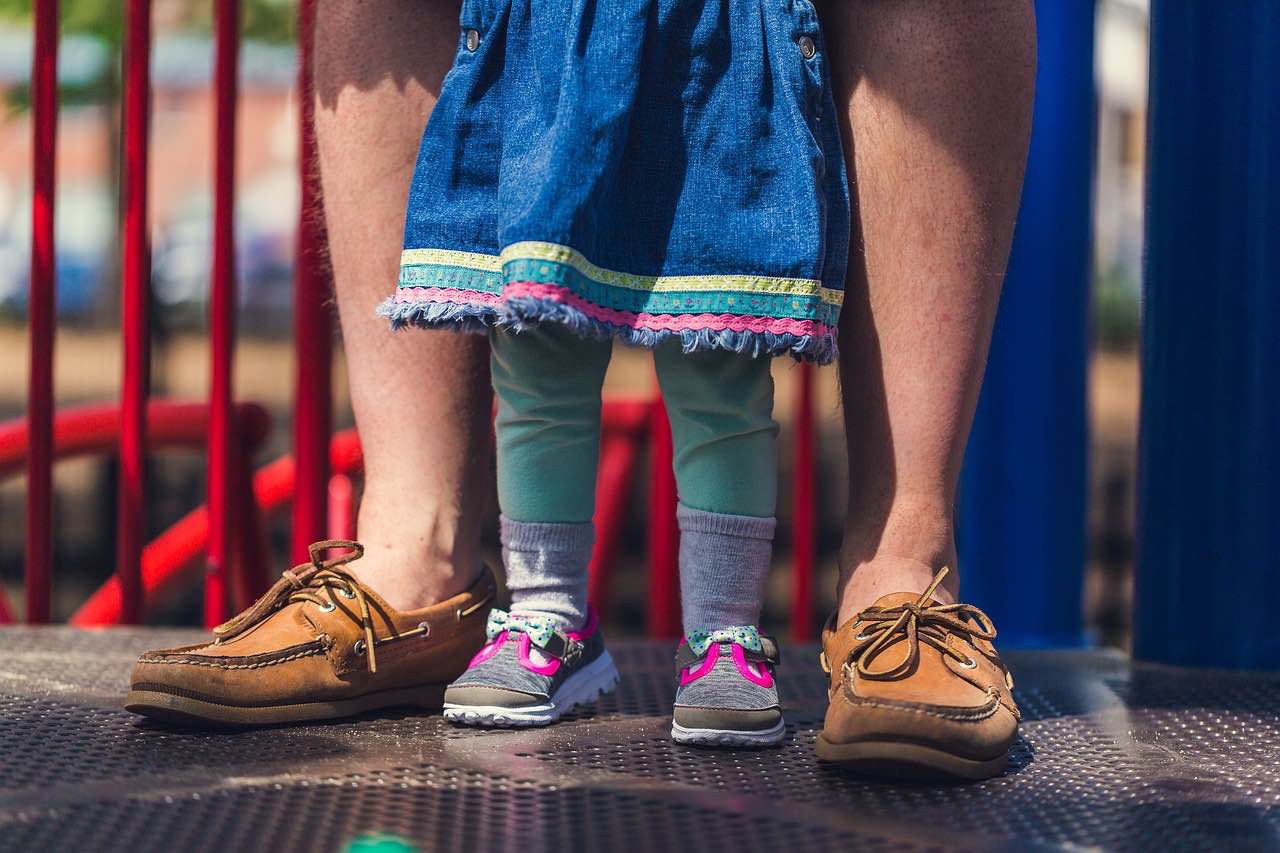Over the past few decades, children’s health while playing in the playground, has gotten more and more attention. The days of old concrete or black tarmac playgrounds are becoming a thing of the past. According to stopsportsinjuries.org the most common injuries on the playground are the following:
- Fractures.
- Cuts
- Strains/Sprains
- Concussion
Where most accidents happen in the playground are the following:
- Climbing Apparatus
- Swings
- Slides
Knowing where the accidents happen means that it will be more than a simple slip or trip, the impact that the child will get when they hit the surface and the injury could be more severe. Schools these days cannot afford accidents, so the question now posed by many parents is, does my child deserve compensation for their injury? Let’s explore how to design a safe playground.
There are more than forty thousand injuries a year in the playground, and both schools and local authorities are at liberty to try to reduce the number of accidents.
There are many different surfacing options available to local authorities, schools and educational establishments. It can be used to be able to help keep children safe in the playground. To assess which is suitable, local authorities and schools need to consider the potential risks involved.
The SAFETY of the child during playtime.
Playground apparatus these days are as safe as possible, many are made with durable plastic, and the accidents themselves don’t involve the equipment, it is more when they fall from it.
One of the most popular surfaces that are available is bonded chipped rubber. This rubber is a great invention that is recycled from old truck tires. They are broken down into chips and cleaned; they can also be dyed to make different colours.
The great thing about using rubber chips is that it lessens the shock and impact of a fall, it can be laid to any depth required to help reduce the impact when a child falls.
Also, this means that the depths can vary in different parts of the ground, but along the surface, it is completely even.
Unlike wood bark, which needs much more replenishment over a shorter time, the rubber bark does not glue the substance and fixes it to the ground. But with wear and tear it may need replacement depending on the upkeep of the surface.
But of course it’s not just the physical part of the health that we have to think of but the hygienic part also. Another surface option available is wood bark, although this can reduce the impact of a fall. They replace the bark often and it is harder to keep clean.
Sadly in more public playgrounds, older children can use the playgrounds and leave such things as broken glass lying around, which is harder to see and to clean amongst wood bark than rubber surfaces.
Not to mention irresponsible pet owners who also causes possible problems when it comes to hygiene amongst children in the playground. Surfaces are better suited in such places to have objects being able to be seen, to determine the risks.
ISN’T ALL THIS SAFETY JUST OVERPROTECTING CHILDREN?
An excellent question to observe is, is there such a thing as too safe? No one wants a child to suffer serious injuries as a result of playtime. And while the surfacing options are available to many, they are not designed to rule out tumbles and falls.
Children need to experience these risks for themselves, to understand what happens when they fall. They need to experience the shock and small amount of pain, but to suffer by a cut or break is something else altogether.
It is better knowing that if a child has fallen, they could be catched by a softer surface, you may feel more assured that there is less risk in a break before even examining the child, than for a child to fall on a harder surface and fear the worst.
So any surface may never completely prevent any injury from happening, but some surfacing options are a better choice than others. A better alternative to go with some of the most durable and safest possible rubber appears to rank high in this category.
There is a need to ensure that these surfaces are regulated to provide the highest possible standards. Regulated installers should be accredited by the API (Association of playground industries) which is a governed body who oversee safe playground areas.







